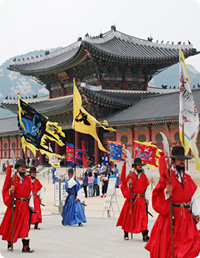STOPOVER
Overnight - Ganghwado
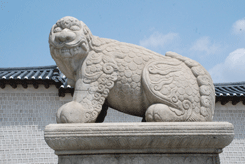
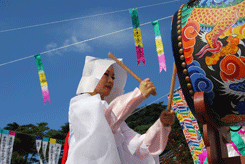
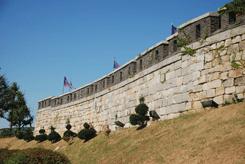
Tour Highlights
- Jeondeungsa Temple
- Ganghwa History Museum
- Ganghwa Dolmen
- Peace Observatory
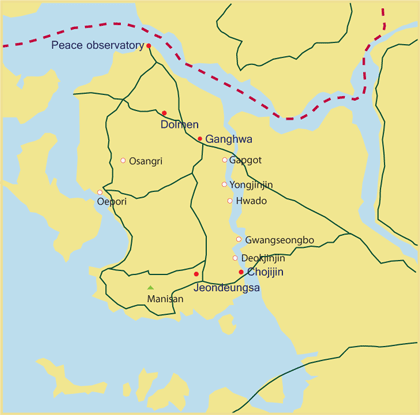 Day 1 Arrive Seoul (- - -) 60km
Day 1 Arrive Seoul (- - -) 60kmTouching down at Incheon International Airport places you in the heart of Korea. After you clear Passport and Customs control, your tour guide will greet you at the main passenger terminal and transport you to your hotel.
Day 2 Seoul - Ganghwado - Departure (B) 110km
Meet your guide upon pickup in your hotel and begin a day's excursion of Ganghwado, such a fascinating island that is often called a microcosm of Korean history. Due to its strategic location, Ganghwado has historically been one of the first targets of many foreign attacks particularly in the late 19th century when Korea unsuccessfully sought to maintain its status as a "Hermit Kingdom".
Your first visit is Jeondeungsa - an active Buddhist temple dating back to 381 providing a glimpse into Buddhist culture. The temple came into prominence during the late Goryeo period (918-1392) when King Gojong commissioned the famous Tripitaka Koreana wood blocks to be carved there which are now preserved in Haeinsa temple. Check out tiny human figures, one at each corner in the eaves of the main worship hall. One version says that the forsaken carpenter carved his two-timing girl up in the rafters, eternally bearing the burden of her deceitfulness. Displayed on the courtyard is a Chinese bell dating back to 1097, that is designated a Korean treasure.
Ganghwa History Museum provides glimpse into the historical records of the entire spectrum of Korean existence, from the mythical foundation of Korea to the opening port to the outside World marked by Ganghwado Treaty signed in February 1876. On the nearby ground sits a huge Ganghwa Jiseokmyo Dolmen. This 53-ton capstone of 6.4 meters long, 5.2 meters wide and 1-meter thick rests on two sturdy supporting prop stones. This prehistoric dolmen including many others in Gochang and Hwasun has been registered by UNESCO in December 2002 as a World Heritage for their archaeological value.
At the northern tip of the island sits Peace Observatory only 2.3 kilometers away from North Korea. You will take a glimpse at the living environment of North Koreans across the river in the middle of which runs military demarcation line. It is definitely the most striking part of the tour yet a visit to the observatory ushers in the common hope for the Korean unification.
After a tour exploring impressive island and turbulent Korean history, you are transferred back to the airport in time for your flight.





